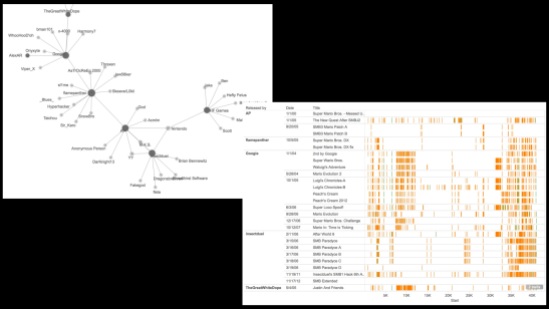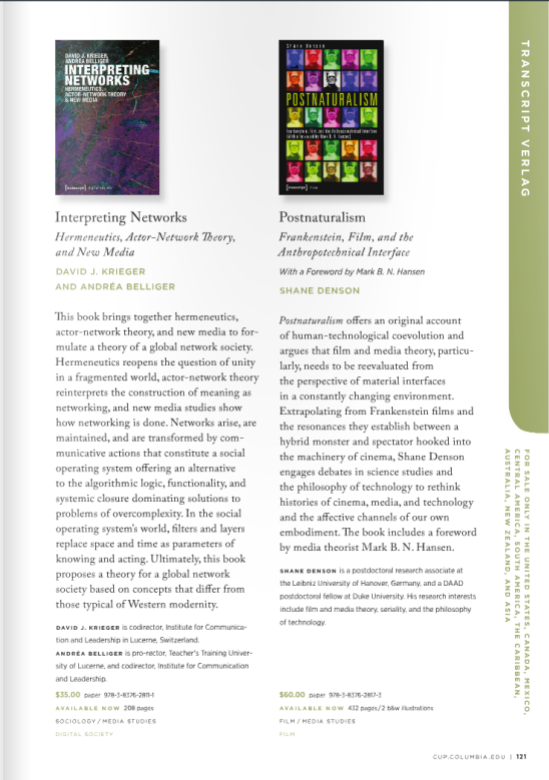
I have written before about Karin Denson’s crazy hand-crafted garden gnomes, based on figures from popular culture, philosophy, and modern art (see here for a piece I posted about them last year). Recently, Karin’s gnomes have taken on new dimensions — quite literally, in fact — as she has transformed personal data collected during Internet browsing sessions into a sort of “portrait” of the user, subsequently turning this image of the interface into a gnome’s “data face,” and then subjecting the poor creature to a strict (but playful) regimen of photogrammetry, AR enhancement, and 3D printing. These new aspects, developed as part of the collaborative Manifest Data project, have further expanded the gnome’s artistic questioning of popular and high-art cultural formations, material and immaterial labor processes, class consciousness, national identity, and the role of seriality in all of them.
It is only fitting, then, that as we prepare for next week’s presentation of Manifest Data, in which context Karin’s data gnomes mount a brave attempt to reverse the neo-cyber-Marxian dictum that “all that’s solid melts into zeroes and ones,” another of Karin’s gnomes is also currently on display: Karl Marx himself, or his gnomic Doppelgänger, is haunting the gallery, bringing things down to earth, and making them concrete (literally: solid concrete). This week only, the Karl Marx gnome can be seen at The Carrack Modern Art, where he’s participating in a community show featuring 100 local artists from the Triangle area of North Carolina. The show runs today through Friday, 12-6pm, and Saturday 2-5pm. Also, as part of “Third Friday Durham,” there will be a reception with food, wine, and music this Friday, January 16, 2015, from 7-10pm. If you’re in or around Durham, don’t miss it!







